In this edition
From the Director of Early Learning
Dear Families
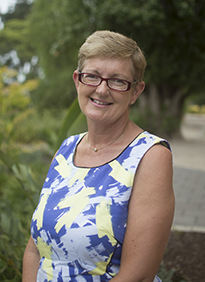
No doubt you would have heard of the buzz in the ELC last week as we shared our understandings of Reconciliation Week with the children. We recognise that this is a significant part of our responsibility to educate children about their land; the past, present and future. Many might argue the children are too young, however, we believe they are very much able to make meaning of this important aspect of our history.
Tamaru has educated us all about the significance of our land and how we must provide sustainable understandings and practice for future generations. As a child, I was not privileged in understanding this part of our heritage. I grew up with a gap of knowledge and understanding. Fortunately, my life experience has enabled me to gain a much deeper connection to our past including several years when I lived with my family in central Australia. Our local Kaurna people are keen to share with us their culture. They have stories to tell and it is through these narratives that we can build shared understandings and grow together with our cultures.
I felt an amazing amount of spirituality in the Centre last Tuesday when Tamaru performed a smoking ceremony and Welcome to Country. He then built a Wodli, explaining its sustainability and engaging the children in weaving leaves to finish the construction of this traditional shelter. It was lovely to share this with families as they dropped their children off in the morning and also with our Playgroup friends who were keen to share in the learning.
This week, we are extending our learning with a visit to Warriparinga at Marion Cultural Centre. Tamaru will take the Hallett children, teachers and some parents on a guided tour of his land. He explained to me how important this sharing would be in order to move forward with our learning and understandings of reconciliation and Kaurna culture.
Please connect with us on this journey and ask questions about how we are sharing this learning with our children.
Kind regards
Kate Mount
Director of Early Learning
Save the Date
14 June: ELC Path Unveiling, 8.45am
25 June: ELC Hat Ceremony
2 July: Vacation Care Commences
24 July: Term 3 Commences
Staffing News
We are saying farewell to Mrs Pam Reid at the conclusion of Term 2. Pam has brought a wealth of knowledge and skills to her role and will be deeply missed. We thank Pam for all she has done and wish her well as she moves to a part-time teaching role in another setting.
Leanne Williams will be the teacher in the Hallett Room for the remainder of the year. Many families will have a strong connection already with Mrs Williams. We thank Leanne for stepping into this full-time role for six months.
We have appointed Miss Natalie Lockwood in a part-time teaching role in Term 3 working alongside Mrs Williams. Miss Lockwood will be working as an additional teacher in the Hallett Room each morning.
Mrs Nell Tierney will remain the teacher in the Bell Yett Room, working Monday, Tuesday and Wednesday. We have appointed Miss Jessica Ash as the teacher on Thursday and Friday in this room.
Long Service Leave
In Term 3, Kate Mount will be taking long service leave and will be absent from the Centre. Kate will miss all of the ELC friends but the term will fly by and she will be back to commence Term 4. Mrs Kirsty Porplycia will step into the role as Director of the Centre in Kate’s absence. We thank Kirsty for her leadership and professionalism as she embarks on this journey.
Join us to Celebrate the ELC Path
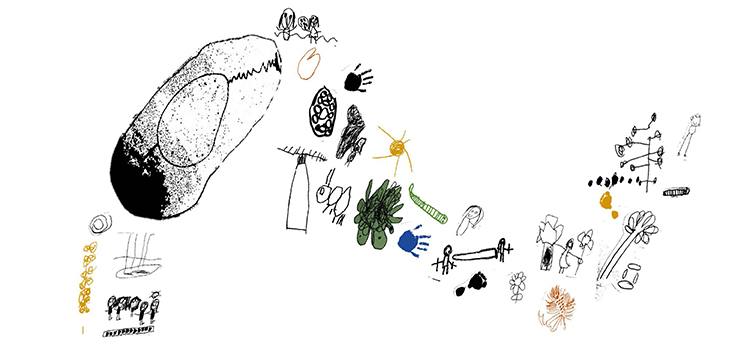
You are invited to join us in celebrating the completion of the ELC path created by Artist in Residence Christine Cholewa and the ELC children.
Thursday 14 June
ELC Garden
8.45am
Coffee, tea and cupcakes will be provided in Ferguson Park following the unveiling of the completed path. We hope you can join us for this celebration.
A Message from Mrs Yu
亲爱的家长朋友们,
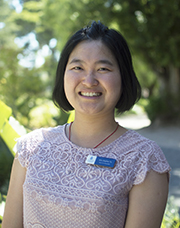
这周我们学习且加深了我们对澳大利亚国家和解周的理解。我们的本土长者定期会到我们的中心来与我们一道学习。特别是这一周,我们从他的角度理解了这个特殊的日子。孩子们的视野及理解都因为Tamaru长者的参与而加深。感谢大家成为我们学习旅途中的一员。
温馨提示:
ELC新生家长欢迎夜 04/06 7pm
年中学前班参观 04/06开始
ELC戴帽仪式 25/06
我的邮箱:syu@stpetersgirls.sa.edu.au
Mrs Sophie Yu
News from the Stonyfell Room
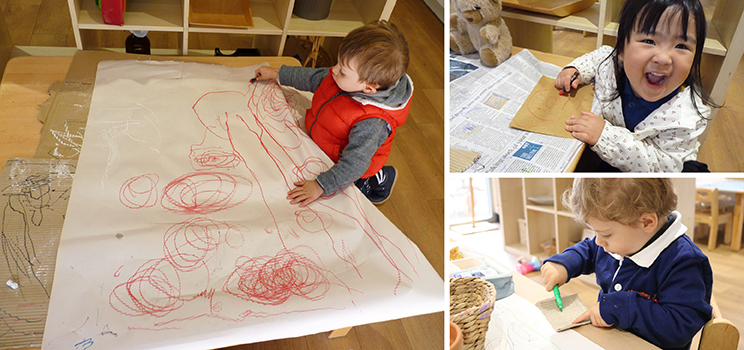
Is this a scribble? Behind every scribble there is a meaning.
Mark-making is a powerful artistic tool for our children to exercise. This expressive language allows a child to make a cognitive connection between their life experiences and meaning.
During this term, the Stonyfell children are focusing on the language of mark-making and this is reflected throughout our Atelier. As the children are working, exploring and investigating with this artistic tool, we as the educators are working alongside them as researchers. We have many questions we are observing and theories we are testing with the help of our children.
The language of mark-making allows a child to express themselves and their individual ideas. Each mark that is made on a page has a story that lies within it.
We as adults may only see scribbles, lines or circles; but hidden within each mark is often a deep and important meaning to the child. These images can be full of stories and songs, of an emerging narrative shared during the process, or they can contain images of loved ones. Mummys and Daddys fill many pages in the room and this act can provide a child with emotional support and connection to you. Some images highlight a true passion for a child.
The marks that children make need to be valued and appreciated, and we need to take the time to uncover their meanings.
Laura Reiters
News from the Bell Yett Room
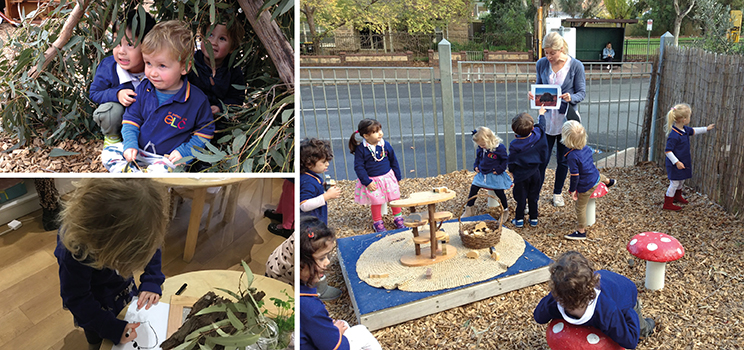
Reconciliation is a big word with an even bigger meaning. Some people may think it is too big for young children to understand, however, we believe our small learners are capable of many big things, including courage, creativity and compassion.
It has been through our explorations of Aboriginal history and culture and its meaningful connections to Ferguson Park that we have seen evidence of our children demonstrating empathy, respect and responsibility as they have investigated different perspectives.
We have been sharing the Reconciliation Story with the children through an age-appropriate narrative and provided opportunities for them to retell it through their play. We have invited the children to engage with familiar illustrations and props from the story which supports them in expressing their thoughts and feelings. Children’s graphic representations through mark-making, photography and digital tools enable them to express these complex ideas and theories in other creative ways, which strengthens their understanding.
The children’s understanding has been enhanced by remembering the stories Boori gifted us and the rich culture that Tamaru shares with us during his regular visits, all of which are meaningfully connected to our explorations of Ferguson Park.
Over the past few weeks, I have had very powerful conversations with some of our children. Ned approached me in the yard; he could not immediately get my attention as I was talking with other children, but when I heard him say, “Mrs Williams, you are not listening to me!”, I knew then that he had something big to share. “The pirate ships came and took the land from Boori and Tamaru!” he told me.
Similarly, Audrey approached me early one morning, “I have a kangaroo, like Australia.” Audrey was referring to the Kaurna belief that a kangaroo formed the area of land we live on. “It’s Tandanya.” Charlotte told us.
Listening to and valuing conversations like these tell us many things. The children are connected to the stories of people and places with empathy and curiosity. They tell us what their current perspectives are and whether they need to be shifted or enriched. We are now exploring with the children who were the people that arrived on the ‘pirate ships’ and why they came to Australia. Together we are discovering more about Aboriginal culture and people, then and now.
As we engage in the theme of this year’s National Reconciliation Week, ‘Don’t Keep History a Mystery‘, we see just how big the thoughts and actions of a small person can be.
Leanne Williams and Nell Tierney
News from the Ferguson Room
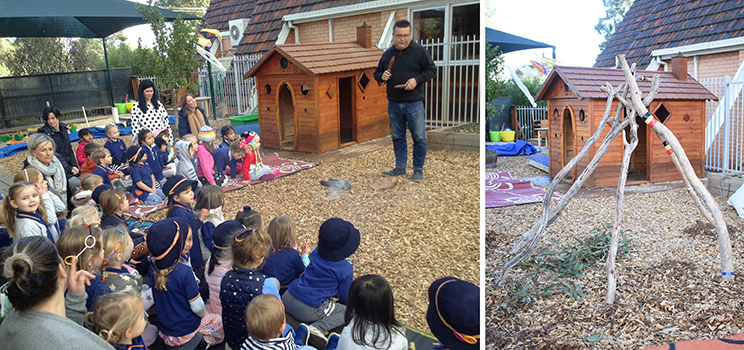
It has been a very special time for adults and children to come together and share their understandings about Reconciliation Week in Australia. It is so important for our children to have knowledge of Australia’s first peoples, and how we can all share the land in a spirit of friendship and generosity.
We have a particular focus on the Kaurna people of Adelaide, and we are so fortunate to have a friend and teacher in Tamaru, a local Kaurna man and elder. Tamaru spent Tuesday morning with us, beginning the day with a beautiful smoking ceremony, burning some eucalyptus leaves in a traditional wooden bowl before welcoming us to country.
The children spoke their ‘thank you to the Kaurna people’ and Tamaru shared with us his knowledge of building a Wodli. This is a traditional shelter made by the Kaurna people using simple but effective materials for keeping dry, cool and safe. All of the children in the Centre eagerly participated in this activity, and the Wodli will remain a part of our ELC Garden so the children’s learning and understanding will continue even when Tamaru is not present.
We asked the children to share their feelings and reflections about Tamaru and the Kaurna people. They have drawn pictures of their thinking and we are going to collate these in a small book to give to him. We would like to share these thoughts with you as they reveal the connection each child has, not only with Tamaru but also to the narratives of his people and the land:
“Me and Tamaru can go for a walk in Ferguson Park.” – Nina-Lucia
“We can show him the shells and the shell tree, and everything in Ferguson Park, but then we have to leave the things there.” – Scarlett
“Tamaru wears an orange top.” – Poppy
“I love it when Tamaru claps his sticks and comes to see us.” – Olivia R
“Thank you for coming to ELC for us Tamaru, thank you for telling us about the smoke.” – Parker
“Tamaru is the one that plays the didjeridoo (yidaki).” – Lucy
“Thank you for our land.” – Eloise
“We can play with Tamaru.” – Ruby
“Friendship is nice and you are our friend.” – Madison
“Niina Marni.” – Olivia C.
“Tamaru is the Kaurna people.” – Crystal
“Sorry.” – Sophia O
“The lines are how the Kaurna people get back home.” – Elijah
“Tamaru is the flag, it is yellow and black and red.” – Jonathan
“Tamaru plays the clapping sticks.” – Tommy
“The Kaurna people gave me the land.” – Jessie
Mel Angel
News from the Hallett Room
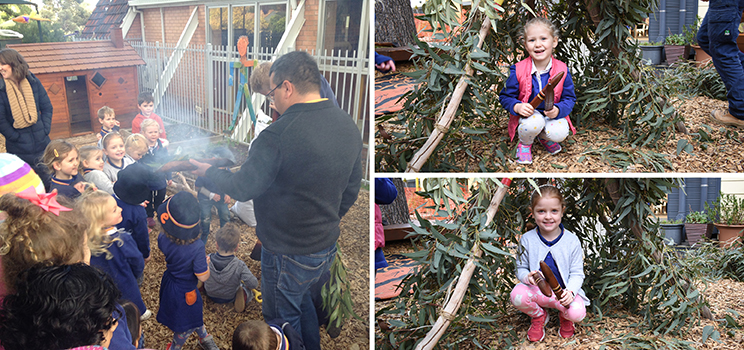
Don’t keep history a mystery
Reconciliation Week has been a time for our children to share their knowledge, compassion and desire to make a difference. We have explored the various ways of retelling the Reconciliation Story throughout the term, deepening our understanding of the events and also our empathy. The children have a fantastic connection to Tamaru and this was evident in their response to his presence when he performed the smoking ceremony and the construction of the Wodli. The children were beaming with pride when they had the opportunity to share with him both their acting and dance interpretations of the Reconciliation Story. They understand the impact it has on Tamaru and they often talk about the ‘happy tears’ they see him have when they share their learnings with him.
Our work on reconciliation goes beyond learning about Australian history, and it teaches children to question the actions of others. They ask who made these decisions and can sometimes feel confronted by these decisions. It gives children the desire to help others, to fix situations that have not been fair. It also provides children the opportunity to think about kindness. To ensure that they treat people, including those they have never met, with fairness and kindness. To not judge others by their skin colour or culture. This is what it means to reconcile.
We know the impact of our history is loaded with emotion, but as this year’s reconciliation theme states, we can’t keep history a mystery without missing out a vital area of acceptance and learning for our children.
Pam Reid
